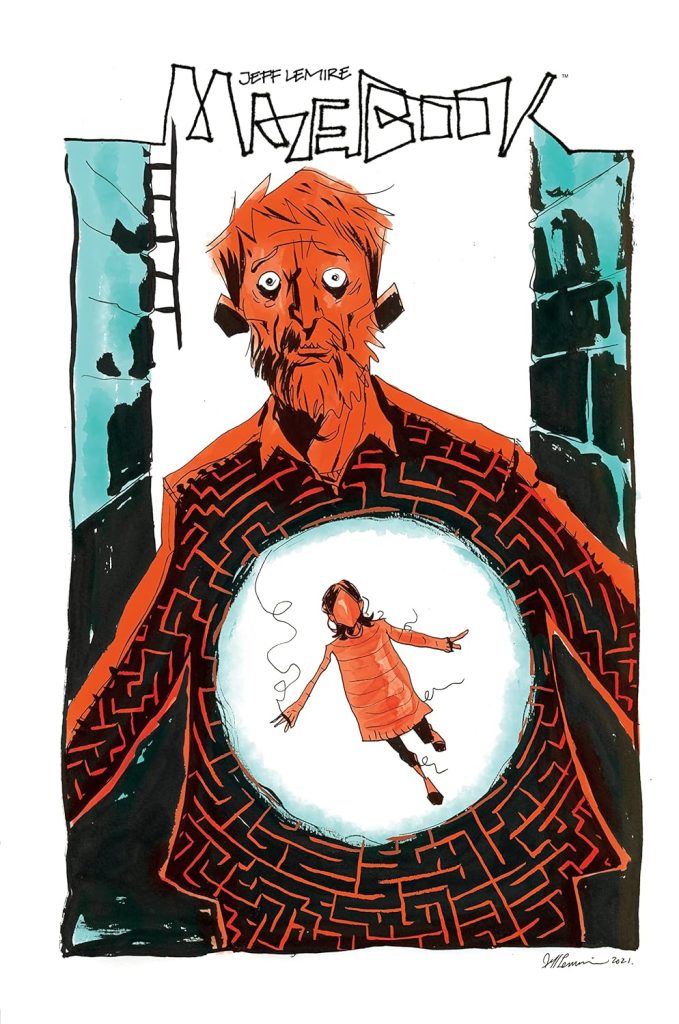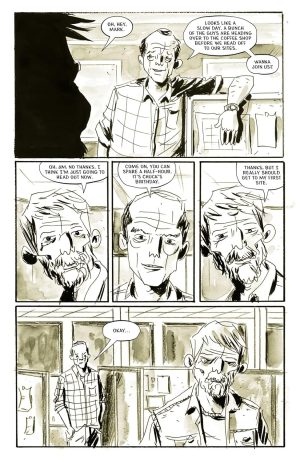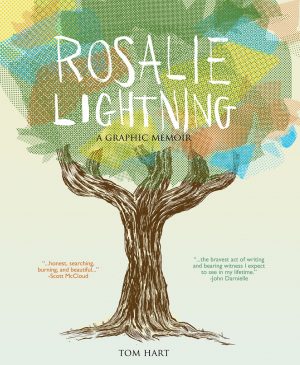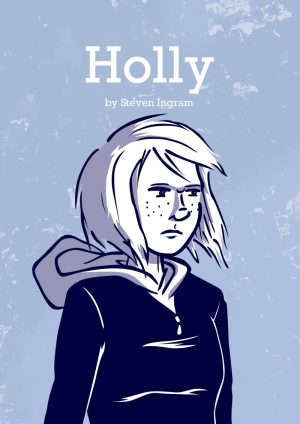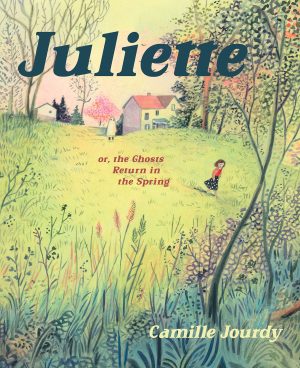Review by Ian Keogh
The joy of a Jeff Lemire graphic novel is that you can crack the pages without ever knowing what to expect other than having confidence it’ll be good. He skips across genres like a smooth flat stone precisely thrown across water. Mazebook is reality-grounded fantasy, or a very personal emotional horror.
Few artists are better at creating people carrying the world on their shoulders than Lemire, and in Will Warren, seen on the cover, he delivers another, a building inspector who looks older than his fifty years. We learn that Will’s daughter Wendy died aged eleven and Will’s never moved on. As Mazebook opens he’s fretting about no longer being able to remember his daughter’s face. This is a contrivance, convincing when you’re reading, but not withstanding the lack of logic to having no photographs.
A possible road to Will’s salvation begins when he receives a phone call in the middle of the night and hears his daughter’s voice. She claims to be at the centre, and it takes Will a while to connect with the mazes she always enjoyed doing with pen and paper. From there Lemire takes Will on a phenomenal journey, blurring the lines of fantasy and reality as Will’s belief he’ll find his daughter prompts a battle with the beast within.
By the time that begins, Lemire has shown us what we need of Will to be sympathetic. His loss isn’t enough, so we see him knocking back friendly offers that would break his solitary routine, being a stickler for building safety, and reducing life to its basics. He’s hanging on, but barely. Lemire draws portrait after portrait of a hangdog Will, always melancholy and almost bereft of hope. Visual motifs accompany this presentation. There’s the maze pattern itself, and the loose red threads from an old jumper Wendy loved to wear, these representing both Will’s life being frayed around the edges and the symbolism of hope via following a trail.
Grief and surrealism are a potent mixture, and Lemire cites the novels of Haruki Murakami as an influence in creating an underbelly below our own world. Is Mazeworld about catching up or letting go? You should read it and find out.
